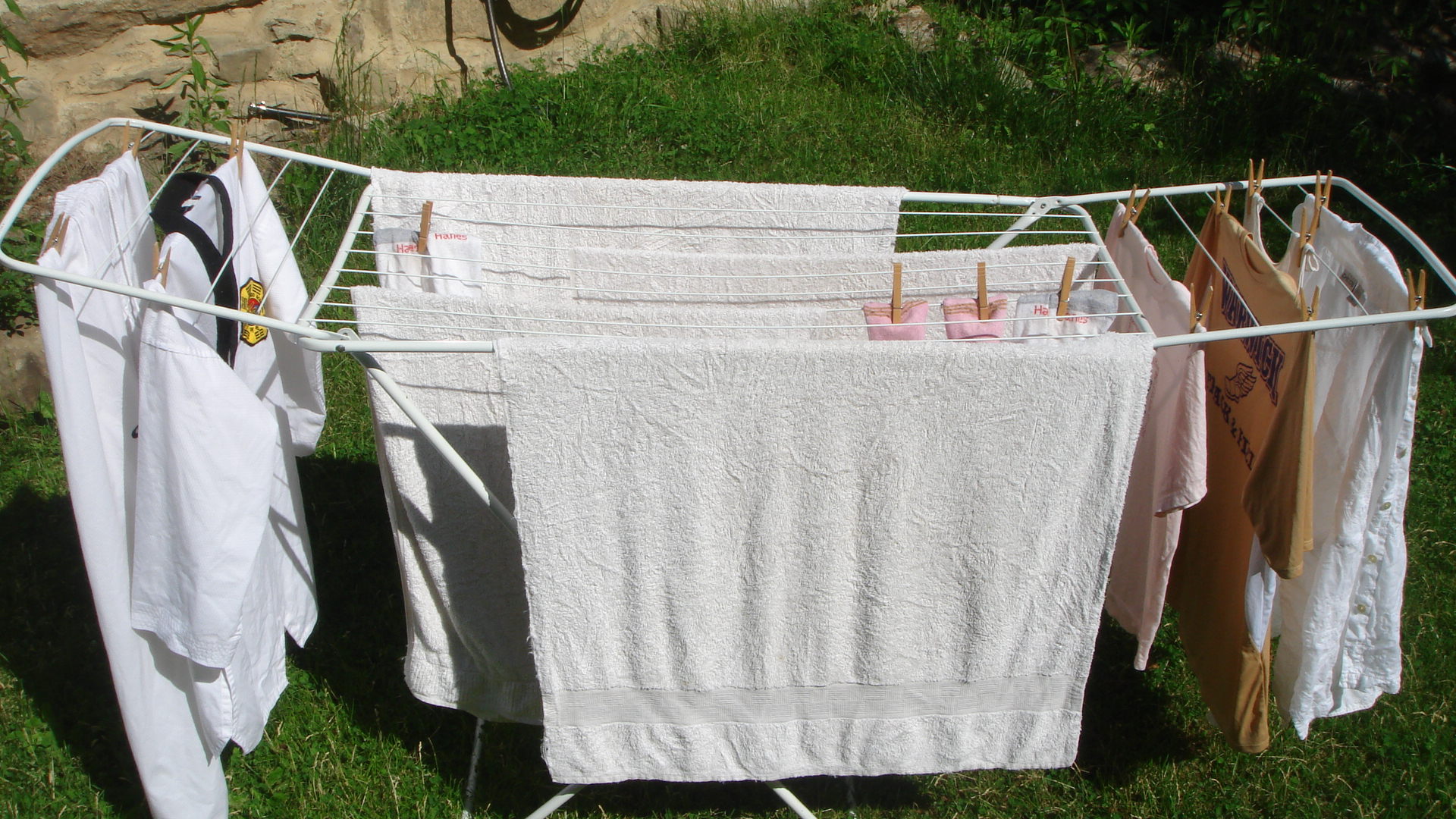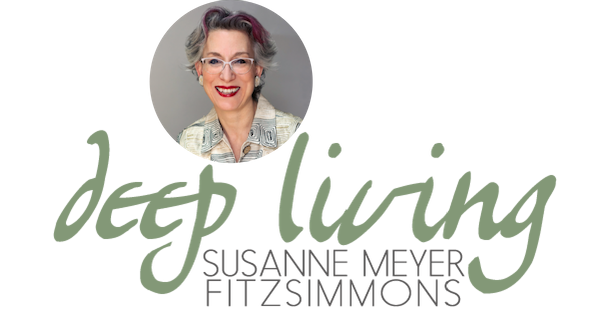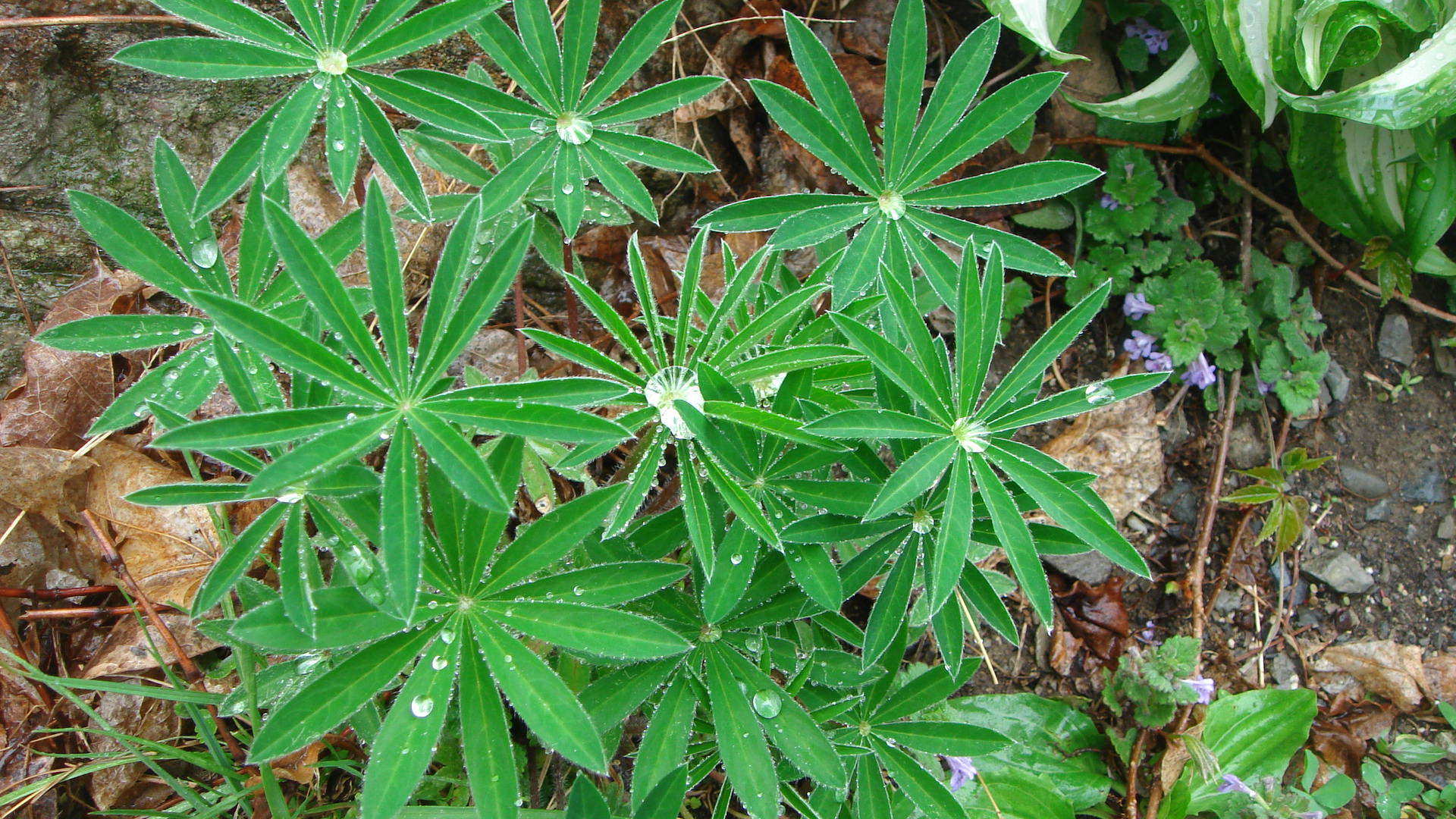Imagine if school was designed for the specific purpose of bringing out the best in each child instead of trying to create corporate drones, teaching to the test, or catering to the supposed needs of “The Economy;” imagine if your child’s teacher looked each one of her students in the eyes each morning, shook their hand, and greeted them individually by name; imagine if school was designed specifically around your child or teenager's emotional developmental stage; imagine if school was designed to wake up your children’s creative thinking abilities; imagine if school was designed around seeing the relationships across subjects instead of segregating subjects into neat compartments (that don’t exist in reality). The Austrian philosopher Rudolf Steiner conceived such a school system about one hundred years ago that does all of the above, it is the Waldorf school movement.
love those germs
Enough fighting already! We fight too much – enemies, wars, illnesses, death. They are all simply another aspect of the same thing. Balance, not eradication, is the answer. A little dirt, a little dust, a healthy amount of bacteria is actually good for you. Most of us know by now about the drawbacks of antibiotics – those indiscriminate bacteria killers prescribed much too liberally to humans and animals over the past decades in an effort to kill all the “bad” bacteria. A new book was recently published on the possible relationship between our modern germ killing frenzy and the surge in recent civilization and autoimmune diseases, possibly even autism.
A little dirt, a little dust, a healthy amount of bacteria is actually good for you. Most of us know by now about the drawbacks of antibiotics – those indiscriminate bacteria killers prescribed much too liberally to humans and animals over the past decades in an effort to kill all the “bad” bacteria. A new book was recently published on the possible relationship between our modern germ killing frenzy and the surge in recent civilization and autoimmune diseases, possibly even autism.
So eat your yoghurt, sauerkraut, kimchi and pickles (naturally fermented, not the supermarket vinegar kind), drink your kefir, kombucha, wine, beer or mead, and clean your home and body with gentle and natural cleaning and cleansing products instead of those germ killing antibacterial soaps and cleaners.
lawn mowing goats
I love it, the NYC Parks Department rents goats to “mow the lawn” at Freshkills Park in SI, as the NY Times reported recently. Now here is a solution in the spirit of our times. Eco solutions go mainstream, there is definitely hope on the horizon!
to weed or not to weed
Weeds are not “bad” per se, after all they are part of the biodiversity of the plant kingdom. It is more a matter of perspective how we see them. Out of laissez-faire I have weeded relatively little in both our vegetable garden as well as the rest of the garden this year, and I am finding that the whole garden is just so filled with all kinds of plants, more so it seems than in other years. Our bees are happy, wild flowers and herbs are spreading, vegetables are self-seeding from one year to the next – it’s incredibly abundant. Some “weeds” are actually edible, such as dandelions or purslane for example. Other “weeds,” which we call wild flowers, are pretty in the garden or beautiful in a vase gathered in big generous bunches. Others spread an incredible scent, as does our wild and wildly growing honey suckle. Making weeds my allies, instead of “fighting” them as enemies, is a much more cooperative approach, as The Healthy Environment Group and Bill Finch explained recently in separate write-ups.
education is not filling a bucket but lighting a fire
...a recent fortune cookie insert. Something to think about.
small is beautiful...
...or quality over quantity. McMansions, ever growing restaurant portion sizes, jumbo eggs, jumbo strawberries, big SUVs – why has bigger become better? The earth is finite. It is physically impossible for everyone of 7 billion people (and growing) to attain the standard of living we call the American Dream.
Something is sustainable when it self perpetuates without growing beyond its original size and without using up the principle. In our irrational quest for ever more we are shamelessly gobbling up our principle - natural resources, rainforest, soil (the Black Dirt here in our area) – without replenishing this precious capital.
When we begin appreciating quality over quantity we begin to shift our priorities to holistic ones. Think small sun ripened sweet and intense tasting strawberries. Think small eggs with deep yellow yolks, strong shells, and egg whites that don’t run, fresh from the farm. Think small zero energy house (the average American home was under 1000sf in the 1950s!).
Smaller and better oftentimes costs more than larger and of lesser quality, but there is nothing wrong with paying more for better quality - and that may mean saving somewhere else.
free clothes drier
When energy prices spiked several years back I remembered the European clothes drying racks of my childhood that are still customary over there (neither my parents in Germany, nor my sister in Belgium have driers). I ordered two over the internet and have dried our clothes for free ever since. My electric clothes drier gets used only very rarely anymore. These racks are inexpensive and you can find them on this side of the Atlantic as well. In comparison to the stationary racks sometimes found in gardens, or the overhead clothes lines strung between trees, I can move my racks outside when the weather is nice, and inside during the cold months. Moreover, when there are no clothes to be dried, I don’t have to look at the rack in the garden. They fold up flat and store behind a door or against a wall. Between my two racks I can fit three loads of laundry, and when the air is dry the laundry dries in a few hours. 
organic epiphany
(photo by captrosha)
I had this epiphany a while ago when I needed to buy a new duvet cover and saw an organic cotton one on sale. Previously, I had mostly thought about organics in terms of the health benefits to my family and myself - that buying and eating organic foods would prevent us from eating pesticides, harmful additives, antibiotics and growth hormones, genetically modified and weakened foods in general. But the perspective is much more encompassing, which is why I ended up buying the organic cotton duvet cover. With this purchase I voted for a healthier environment and a healthier agriculture, because that cotton didn’t get sprayed with pesticides or subjected to chemical fertilizer, I also voted against the industries that develop and manufacture these fertilizers and toxins, I voted for the health of the farm workers who weren’t subjected to the poisons, and lastly I voted against GMO crops and the big conglomerates that develop them.
win-win is better
We are so used to the adversarial win-lose scenarios of our predatory culture that we forget that win-win scenarios are not only possible, but so much more advantageous for everyone. In win-lose scenarios one party must lose for the other to win, such as in our many team sports. Same goes for business. We believe we can only make enough money and come out on top if the other party gets less than enough. Kids are told that they need to learn to be a good loser. What a bunch of…..it feels terrible to lose, no matter what we are told. It’s time we opened up to a new reality. Using mediation instead of litigation to resolve differences is an example of this new way of thinking. Litigation works according to the old model, one party wins, the other loses. Mediation, on the other hand, looks for the common ground and considers both parties’ needs, then brokers win-win outcomes, the new model. Thinking win-win takes some truly worthwhile rethinking.
rain, lots, finally
 Finally it rained, lots. We really needed it and you can tell from the pictures that the plants loved it. Culturally, we tend to emphasize the negative. We associate rain with a cold gray gloomy day. But what would we do without it? It is good to consider the positive aspects of things. The pearly raindrops on the leaves looked beautiful and nature's colors became vibrant again. The rain drops that had collected in the lupine leaves looked like crystals. The world becomes different when we appreciate the beauty in everything.
Finally it rained, lots. We really needed it and you can tell from the pictures that the plants loved it. Culturally, we tend to emphasize the negative. We associate rain with a cold gray gloomy day. But what would we do without it? It is good to consider the positive aspects of things. The pearly raindrops on the leaves looked beautiful and nature's colors became vibrant again. The rain drops that had collected in the lupine leaves looked like crystals. The world becomes different when we appreciate the beauty in everything.




![5410601385_e08bed59b7_m[1]](http://static1.squarespace.com/static/562fa5e4e4b022e56e7591d7/563119b1e4b060e41e5b6970/563119b5e4b060e41e5b6a1e/1446058421547/5410601385_e08bed59b7_m11.jpg?format=original)
![528337946_c30f8f6082_s[1]](http://static1.squarespace.com/static/562fa5e4e4b022e56e7591d7/563119b1e4b060e41e5b6970/563119b5e4b060e41e5b6a21/1446058421755/528337946_c30f8f6082_s11.jpg?format=original)

